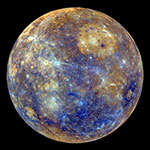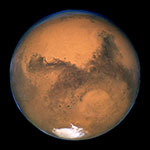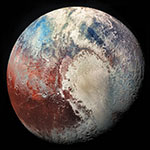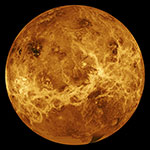The Obliquity To Orbit Of Planets In Our Solar System
Obliquity, also known as axial tilt or obliquity to orbit, refers to the angle between the rotational axis of a planet and the perpendicular to its orbital plane. It measures the degree of tilt of a planet's axis with respect to its orbit around the Sun or its central body.
The Earth, for example, has an axial tilt of approximately 23.5 degrees. This tilt is responsible for the changing seasons we experience throughout the year. When the Earth's axis is tilted towards the Sun, one hemisphere receives more direct sunlight, resulting in summer. Conversely, when the axis is tilted away from the Sun, that hemisphere receives less direct sunlight, leading to winter.
The obliquity of a planet is not fixed but can vary over long periods of time due to various factors, including gravitational interactions with other celestial bodies and the precession of the planet's orbit. These variations in obliquity can have significant effects on a planet's climate and weather patterns.
For planets with high obliquity, the seasonal variations become more extreme. This means that the difference between the warmest and coldest seasons can be more pronounced. On the other hand, planets with low obliquity experience milder seasonal variations.
Obliquity also affects the distribution of sunlight on a planet's surface. Higher obliquity can result in more extreme variations in daylight and darkness throughout the year, impacting the length of day and night at different latitudes. Additionally, it influences the angles at which sunlight strikes the surface, affecting the intensity and distribution of solar radiation.
| Name | Degrees | Ratio to Earth Value | |
|---|---|---|---|
| Mercury |  |
0.034 | 0.001 |
| Jupiter |  |
3.1 | 0.134 |
| Moon |  |
6.7 | 0.285 |
| Earth |  |
23.4 | 1 |
| Mars |  |
25.2 | 1.07 |
| Saturn |  |
26.7 | 1.14 |
| Neptune |  |
28.3 | 1.21 |
| Uranus |  |
97.8 | 4.17 |
| Pluto |  |
122.5 | 2.45 |
| Venus |  |
177.4 | 0.113 |

